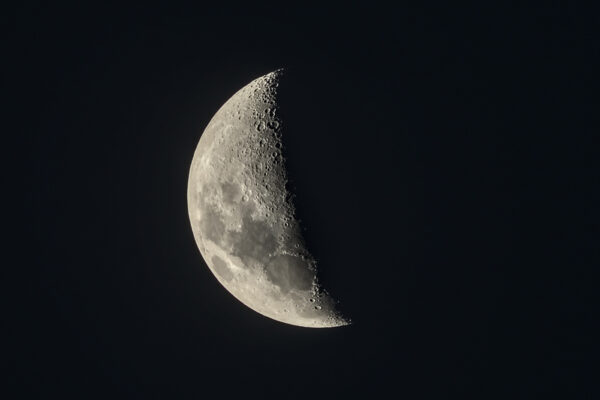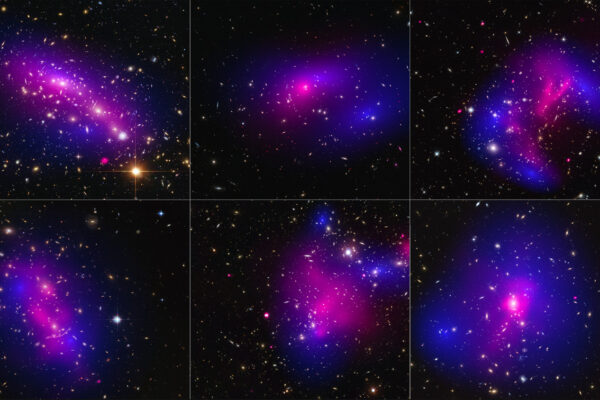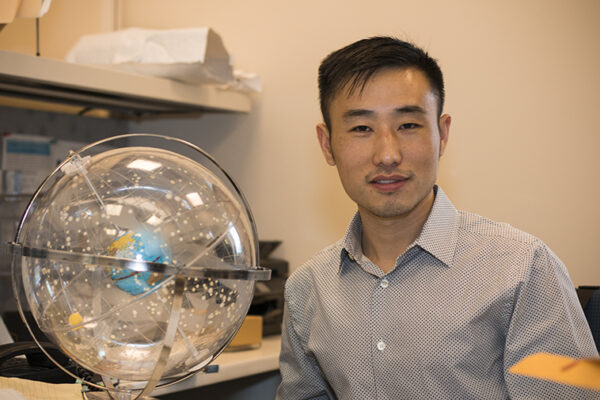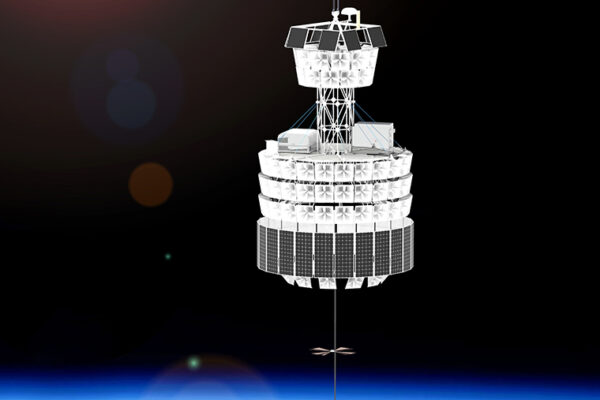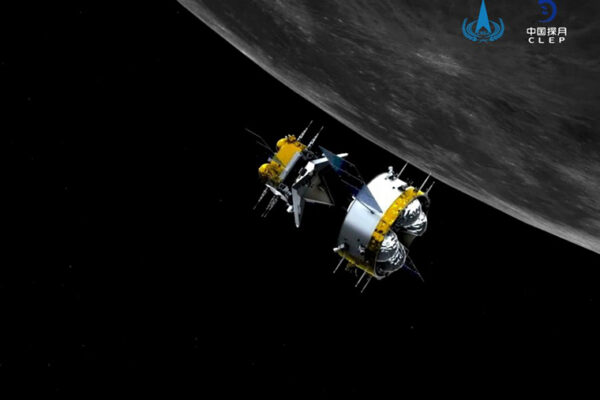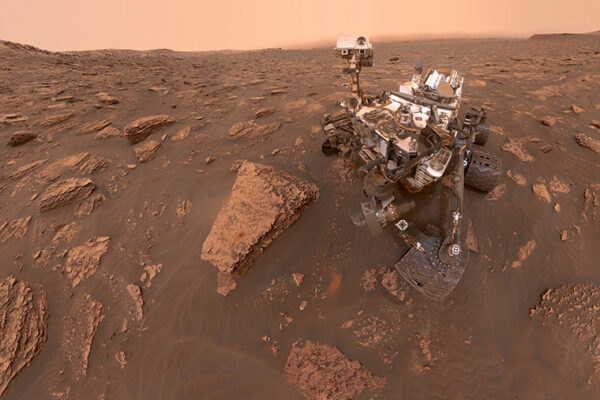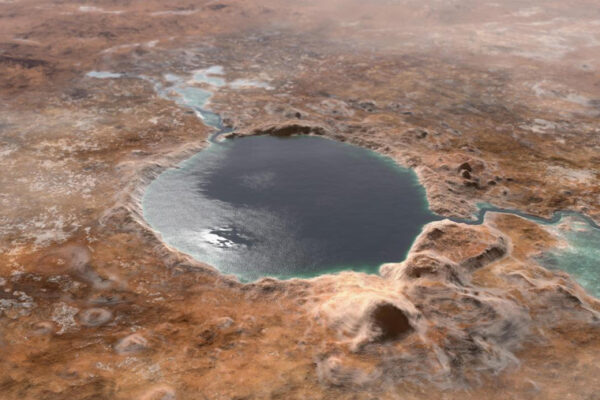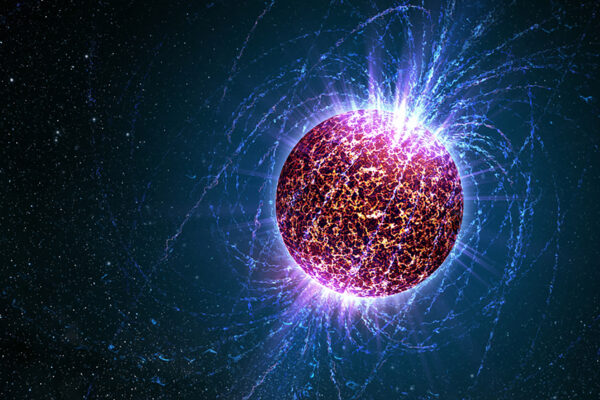How WashU scientists are helping NASA study the moon
An Arts & Sciences research team will help build a rover-mounted drill sensor to quantify the 3D distribution of water at the moon’s south pole. The team includes local St. Louis company Impossible Sensing.
Physicist Freese explores dark side of universe in McDonnell lecture
Katherine Freese, an influential scientist who is at the forefront of efforts to understand the universe as a whole, will present the McDonnell Distinguished Lecture. Her online lecture begins at 7 p.m. Thursday, March 25.
Amari receives Urey Award for career in cosmochemistry
Sachiko Amari, research professor of physics in Arts & Sciences, received the H. C. Urey Award from the European Association of Geochemistry for outstanding contributions advancing geochemistry.
Wang receives grant to study volatiles in early solar system
Kun Wang, assistant professor of earth and planetary sciences in Arts & Sciences at Washington University in St. Louis, received a $506,053 grant from the NASA Emerging Worlds program for his project, “Experimental Studies of Volatile Fractionation in the Early Solar System.”
NASA selects astrophysics mission to detect ultrahigh-energy neutrinos
Physicists in Arts & Sciences, including Brian Rauch, are part of a team funded by NASA to develop the concept for the most sensitive survey of cosmic ultra-high energy neutrinos ever conducted.
China probe returns with ‘treasure trove’ of moon rocks
The Chinese space agency announced Dec. 16 the return of a lunar probe bringing back the first fresh samples of rock and debris from the moon in more than 40 years. Bradley L. Jolliff, the Scott Rudolph Professor of Earth and Planetary Sciences in Arts & Sciences at Washington University in St. Louis, reflects on the scientific value of the samples.
McKinnon honored by American Geophysical Union
Bill McKinnon, professor of earth and planetary sciences in Arts & Sciences, is one of 62 geoscientists who have been elected to the American Geophysical Union’s 2020 class of fellows.
Powerful electrical events quickly alter surface chemistry on Mars and other planetary bodies
Dust-related electrochemistry can reshape Martian surface materials with physical and chemical changes observable after only hundreds of years. Similar electrical effects may be instrumental on Venus and Europa, according to new work from Alian Wang in Arts & Sciences.
New tech can get oxygen, fuel from Mars’ salty water
A new electrolysis system that makes use of briny water could provide astronauts on Mars with life-supporting oxygen and fuel for the ride home, according to engineers at the McKelvey School of Engineering at Washington University in St. Louis, who developed the system.
Looking skin deep at the growth of neutron stars
Researchers from physics and chemistry in Arts & Sciences at Washington University in St. Louis leveraged data from nuclear scattering experiments to make stringent constraints on how neutrons and protons arrange themselves in the nucleus. Their predictions are tightly connected to how large neutron stars grow and what elements are likely synthesized in neutron star mergers.
Older Stories
